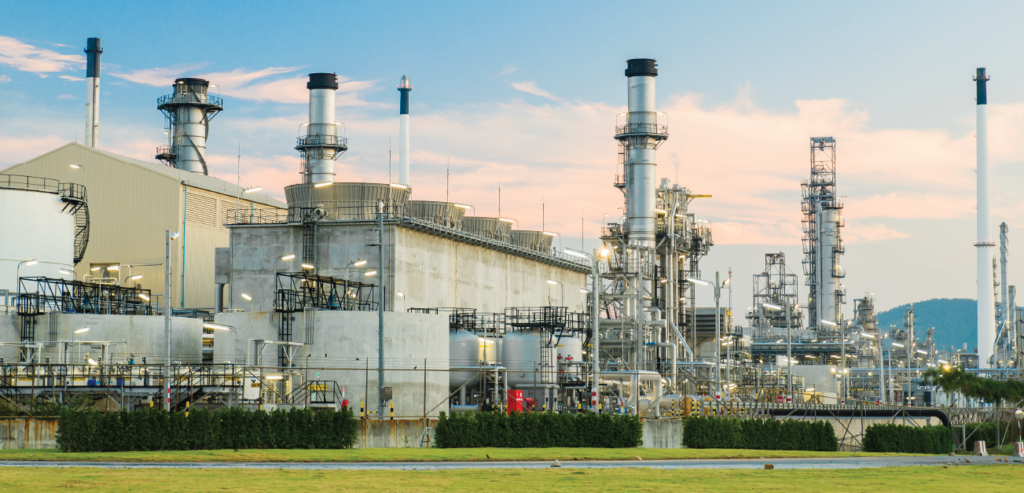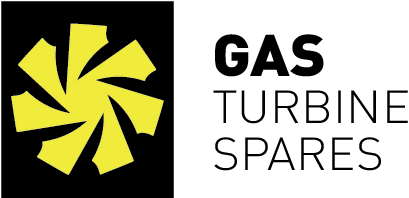
Unveiling the Versatile Applications of Gas Turbine Motors
The Power Behind the Blades
Gas turbine motors, also known as combustion turbine engines, are pivotal in modern energy and propulsion systems. From generating electricity to powering aircraft, their versatility and efficiency make them indispensable across various industries. This article delves into the myriad applications of gas turbine engines, elucidates their operational principles, and highlights opportunities for stakeholders to capitalize on their retired or surplus equipment.
Understanding Gas Turbine Engines
What Is a Gas Turbine Engine?
A gas turbine engine is a type of internal combustion engine that converts chemical energy from fuel into mechanical energy through a continuous combustion process. Unlike piston engines, gas turbines operate on the Brayton cycle, involving compression, combustion, and expansion phases. The primary components include:
- Compressor: Draws in and compresses ambient air.
- Combustion Chamber: Mixes compressed air with fuel and ignites the mixture.
- Turbine: Extracts energy from high-temperature gases to drive the compressor and produce output power.
These components work in unison to produce a high-velocity exhaust stream, which can be harnessed for various applications.
How Does a Gas Turbine Work?
The operation of a gas turbine involves several key steps:
- Air Intake and Compression: Ambient air is drawn into the compressor, where it is pressurized.
- Combustion: The compressed air enters the combustion chamber, mixes with fuel, and is ignited, producing high-temperature, high-pressure gases.
- Expansion and Power Generation: The hot gases expand through the turbine blades, causing them to spin. This rotation drives the compressor and, in many cases, an external load such as an electrical generator.
This continuous cycle allows gas turbines to operate efficiently and reliably in various settings.
Diverse Applications of Gas Turbine Motors
1. Power Generation
Gas turbines are extensively used in power plants to generate electricity. They are particularly valuable in:
- Peaking Power Plants: Providing additional electricity during periods of high demand.
- Combined Cycle Power Plants: Enhancing efficiency by utilizing waste heat to produce steam for additional power generation.
- Remote and Emergency Power: Supplying electricity in isolated locations or during grid outages.
Their quick start-up times and scalability make them ideal for meeting fluctuating energy demands.
2. Aviation
In aviation, gas turbines are the backbone of jet propulsion systems. They power various types of aircraft engines, including:
- Turbojets: Used in military and supersonic aircraft.
- Turbofans: Common in commercial airliners for their efficiency and noise reduction.
- Turboprops and Turboshafts: Employed in regional aircraft and helicopters, respectively.
The high power-to-weight ratio of gas turbines makes them indispensable in the aerospace industry.
3. Marine Propulsion
Gas turbines are utilized in naval and commercial ships for propulsion and onboard power generation. Their advantages include:
- High-Speed Operation: Enabling vessels to achieve greater speeds.
- Compact Size: Allowing more space for cargo or equipment.
- Fuel Flexibility: Operating on various fuels, including marine diesel and natural gas.
These characteristics make them suitable for applications ranging from fast attack crafts to luxury yachts.
4. Industrial Applications
In industrial settings, gas turbines serve multiple roles:
- Mechanical Drives: Powering compressors, pumps, and other machinery in sectors like oil and gas.
- Cogeneration (Combined Heat and Power): Simultaneously producing electricity and useful heat for processes such as chemical manufacturing and district heating.
- Pipeline Compression: Maintaining pressure in natural gas pipelines over long distances.
Their reliability and efficiency contribute to reduced operational costs and enhanced productivity.
5. Renewable Energy Integration
Gas turbines play a supportive role in renewable energy systems by:
- Balancing Intermittent Supply: Providing backup power when solar or wind generation is low.
- Hydrogen Combustion: Utilizing hydrogen as a fuel, thereby reducing carbon emissions.
- Energy Storage Solutions: Working in conjunction with battery storage to stabilize the grid.
These applications facilitate the transition to a more sustainable energy landscape.
Key Components of Gas Turbine Engines
Understanding the components of gas turbine engines is crucial for maintenance, optimization, and repurposing. The primary components include:
- Compressor: Increases the pressure of incoming air.
- Combustion Chamber: Burns fuel to produce high-temperature gases.
- Turbine: Extracts energy from the hot gases to drive the compressor and external loads.
- Accessory Systems: Include fuel delivery, lubrication, cooling, and control systems.
Each component must be meticulously maintained to ensure optimal performance and longevity.
Visualizing Gas Turbine Operation
For a comprehensive understanding of gas turbine operation, refer to the following schematic diagram:ResearchGate
This diagram illustrates the flow of air and gases through the engine, highlighting the interaction between components.
Monetizing Retired Gas Turbine Equipment
As technology advances, many organizations find themselves with used, broken, or end-of-service gas turbines and components. Rather than letting these assets depreciate, consider selling them to specialized buyers.
Why Sell Your Used Gas Turbines?
- Recover Investment: Unlock the residual value of your equipment.
- Free Up Space: Clear storage areas for new machinery.
- Support Sustainability: Promote recycling and responsible disposal.
- Aid Other Industries: Provide parts for refurbishment and continued use.
By selling your retired equipment, you contribute to a circular economy and support industries in need of affordable components.
Partner with Gas Turbine Spares
Gas Turbine Spares specializes in purchasing and repurposing used gas turbine engines and parts. Their expertise ensures that your equipment finds a new purpose, benefiting other organizations and reducing environmental impact.
Services Offered:
- Assessment: Evaluation of your equipment’s condition and value.
- Logistics: Handling of transportation and documentation.
- Refurbishment: Restoration of components for resale or reuse.
- Recycling: Environmentally responsible disposal of non-reusable parts.
To explore how you can monetize your retired gas turbine equipment, visit Gas Turbine Spares today.
Conclusion: Embrace the Potential of Gas Turbines
Gas turbine motors are integral to numerous industries, offering reliable and efficient power solutions. Understanding their applications and components not only enhances operational knowledge but also opens avenues for asset recovery and sustainability. By partnering with experts like Gas Turbine Spares, you can ensure that your retired equipment continues to provide value, supporting both economic and environmental goals.Don’t let your retired gas turbine engines and parts gather dust. Turn them into valuable assets by partnering with Gas Turbine Spares. Visit gasturbinespares.com to learn how you can contribute to a sustainable future while recovering your investment.
I WANT TO SELL
Do you have any spare parts for gas turbines you want to sell? Please Inquire now through our online submission form or contact us via phone, to assess the value of your as-removed parts.
